Automation is a term for technology applications where human input is minimized. This includes business process automation (BPA), IT automation, personal applications such as home automation and more.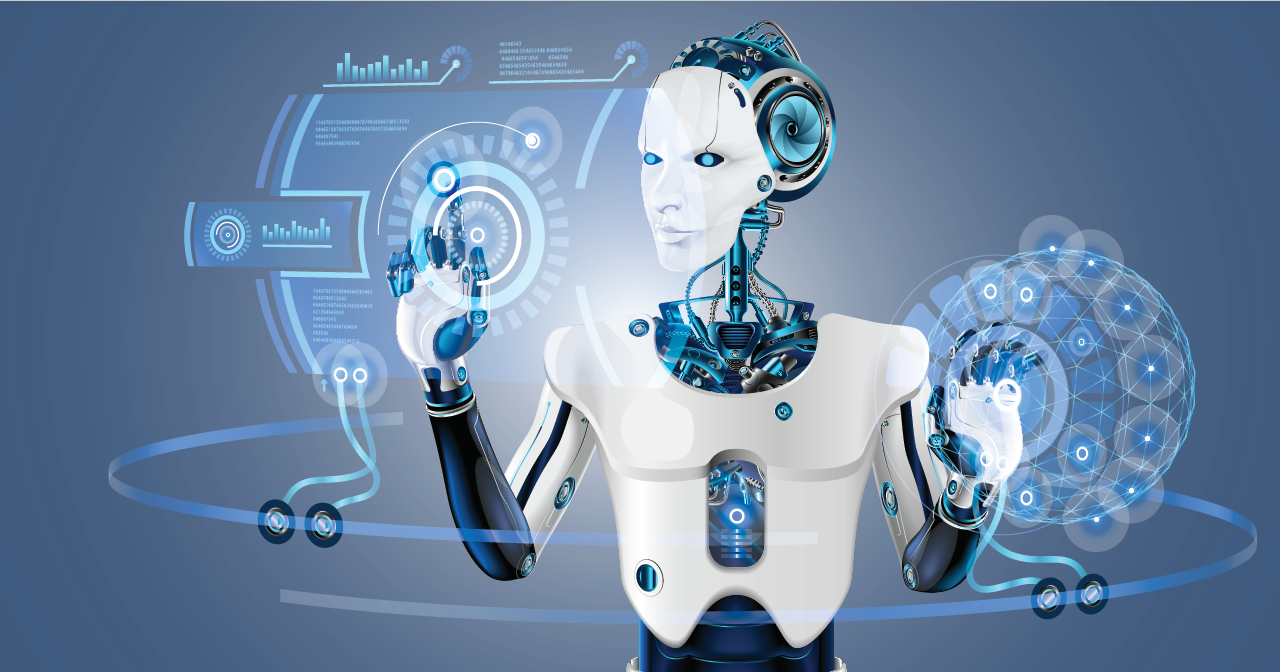
The implementation of technologies, techniques and processes improve the efficiency, reliability, and/or speed of many tasks that were previously performed by humans.
Why use automation?
Usually, it is employed to minimize labor or to substitute humans in the most menial or repetitive tasks. It is present in virtually all verticals and niches, although it’s more prevalent in manufacturing, utilities, transportation, and security.
Types:
There are three types:
- Fixed Automation
- Programmable Automation
- Flexible Automation
1. Fixed Automation
In this, the production equipment is fixed with a fixed set of operations or tasks and there are rarely any changes to these operations. Fixed System is usually used in continuous flow processes like conveyors and mass production systems.
2.Programmable Automation
In this, the sequence of operations as well as the configuration of the machinery can be changed using electronic controls. This system requires a significant amount of time and effort to reprogram the machines and usually used in batch process production.
3. Flexible Automation
It is always controlled by computers and are often implemented where the product varies frequently. CNC machines are the best example for this system. The code given by the operator to the computer is unique to a particular job and based on the code, the machine acquires the necessary tools and equipment for the production.
Advantages and Disadvantages :
Advantages
- Improved working environment
- Increased competitiveness, sales and profit
- No labour crisis
- Increase production capacity
- Increase production capacity
Disadvantages
- Heavy Capital expenditure
- Loss of jobs
- Strain on eyes
- Demand skill updation
- Poor customer service
Applications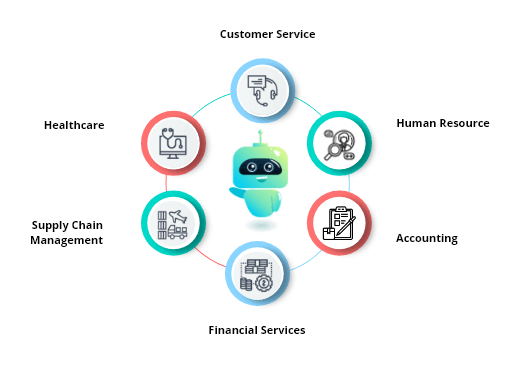
- In Automated power production
- In Mining
- In Highway systems
- In Waste management
- Industrial robotics
Limitations
- Current technology is unable to automate all the desired tasks.
- As more and more processes become automated, there are fewer remaining non-automated processes.
- Many operations using automation have large amounts of invested capital and produce high volumes of product.
The Scope:
It doesn’t mean intelligence. Depending on what’s automated and how it’s constructed, some parts may be vulnerable outside of that scope. Limiting it in some aspects or functions can mitigate this concern. Your automation is only as smart and safe as how it’s implemented, so keep that in mind.
SUMMARY
It is the technology by which a process or procedure is accomplished without human assistance.It is basically the delegation of human control function to technical equipment for increasing productivity, increasing quality, reducing cost. Automated technologies are not only executing iterative tasks, but also augmenting workforce capabilities significantly. In fact, automated machines are expected to replace almost half of the global workforce.


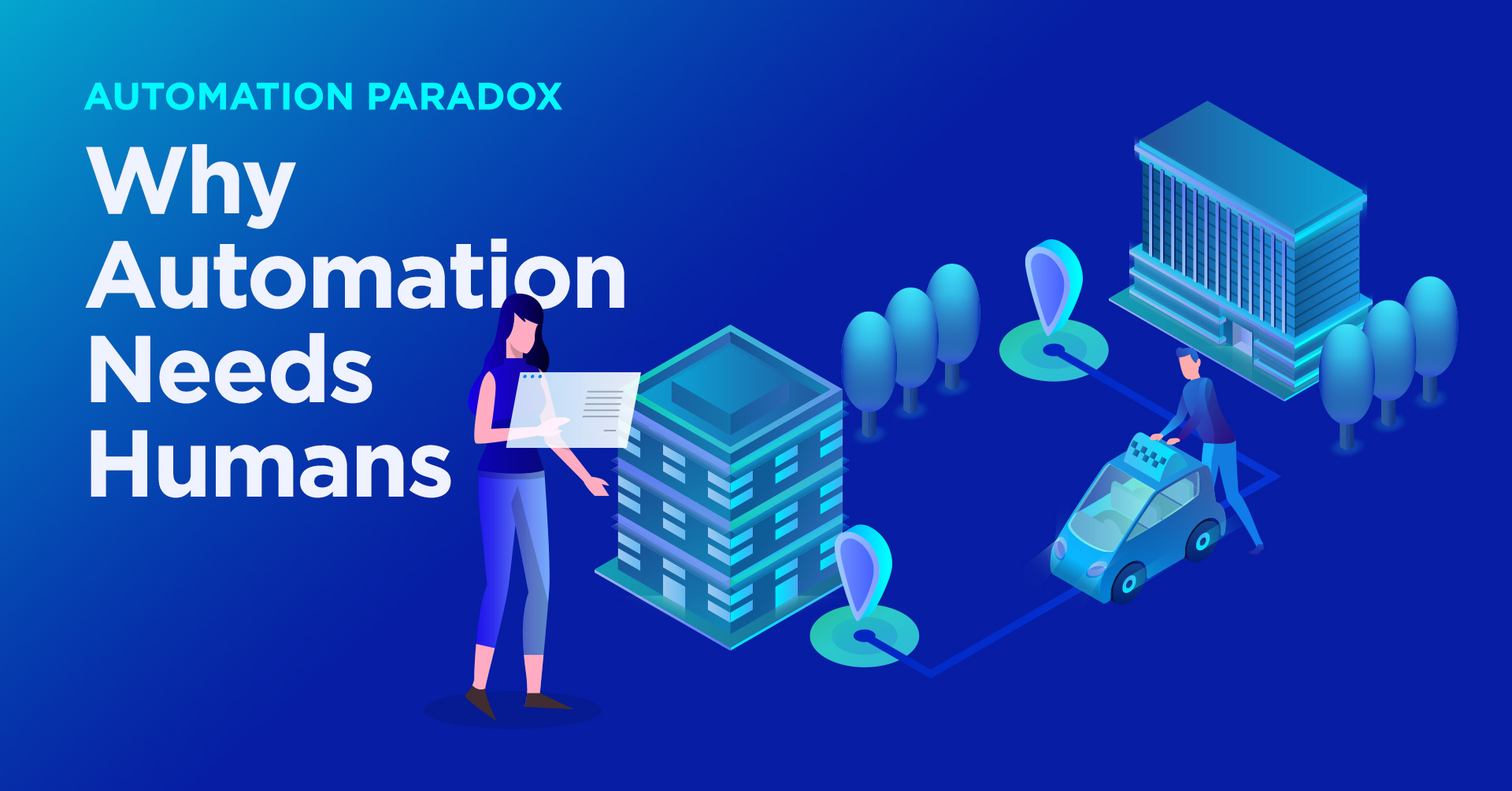

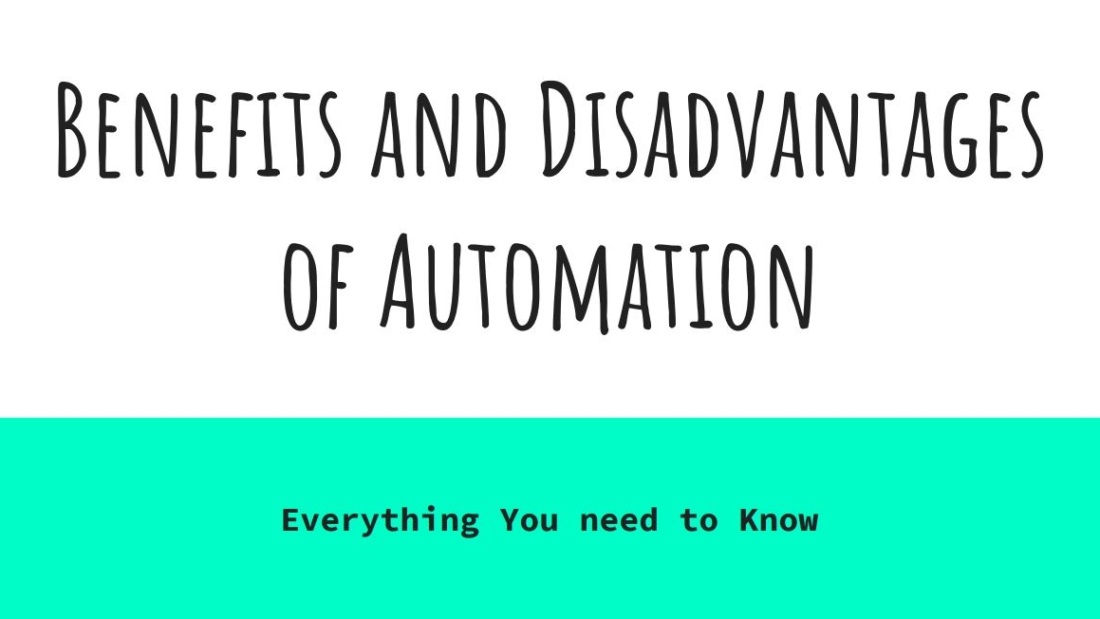



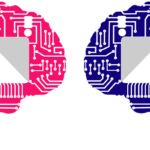







[…] Automation appears to be the handing over of human tasks to machines. Automation, on the other hand, is fundamentally altering the way operations/tasks are carried out in business contexts. Fixed automation, programmable automation, robotic process automation, robotics, and so on are all examples of automation. […]